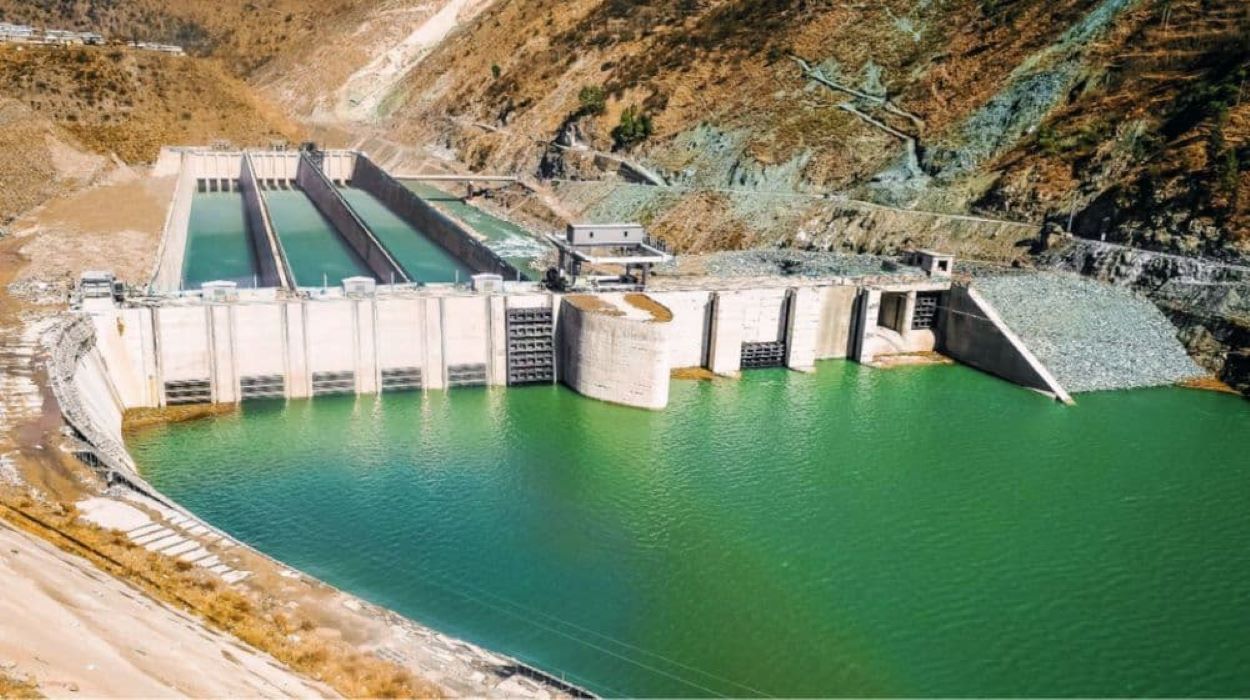WAPDA has announced the complete shutdown of the 969-megawatt Neelum-Jhelum Hydropower Project for thorough inspection, valued at over Rs500 billion. This action follows a critical operational issue identified a month ago, causing significant pressure fluctuations in the headrace tunnel.
The facility, located in Azad Jammu and Kashmir, operated at this reduced capacity until April 29. The plant ceased operations at 6 am on May 1 for safety to facilitate a physical tunnel inspection to identify and address the underlying issues.
Operations began with lowering intake gates for sediment flushing, following consultations on the 48 km-long tunnel’s dewatering process. This process started from the powerhouse side, with periodic intervals planned to maintain structural integrity.
Constructed in a seismically sensitive area, the project features a 51.5km tunnel system, mostly underground. A previous shutdown in July 2022 due to significant tailrace tunnel damage required 13 months of repair, with power resuming in late 2023. However, issues resurfaced soon after, leading to a reduction in output.
Despite previous efforts involving in-house emergency measures, the challenges proved more extensive than anticipated. The delay in disclosing these complications to the government came to light following inquiries about a reduction in tailrace tunnel pressure.
The financial toll of past repairs has been substantial, with costs of around Rs6bn and additional losses of about Rs37bn due to downtime. WAPDA has sought approximately Rs43bn in insurance claims to offset these losses.
Since its launch in 2018, the Neelum-Jhelum project has generated over 19.83 billion units of electricity. Initiated in 2002 after extensive delays, the project was completed in 2018 by the China Gezhouba Group Corporation, which conducted major tunnelling work across approximately 58 km.






